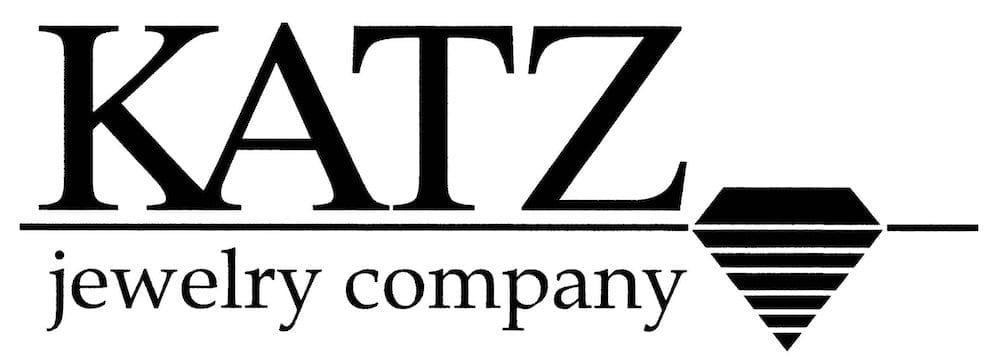Lab Grown Diamonds
Are Lab Grown Diamonds Are the Future of Jewelry?
Diamonds, traditionally, have been intertwined with love. That began changing in the early 2000’s with spreading global awareness of the riskiness of the diamond business.
Unlike other generations, the first impression many Millennials and Generation-Z had of diamonds was that of an antiquated luxury.
With age and love, though, young people have come around on diamonds and today they, like their elders, see the value in diamonds as an expression of love. They have not, however, fully forgotten the lessons of their youth…
Enter lab-grown diamonds.
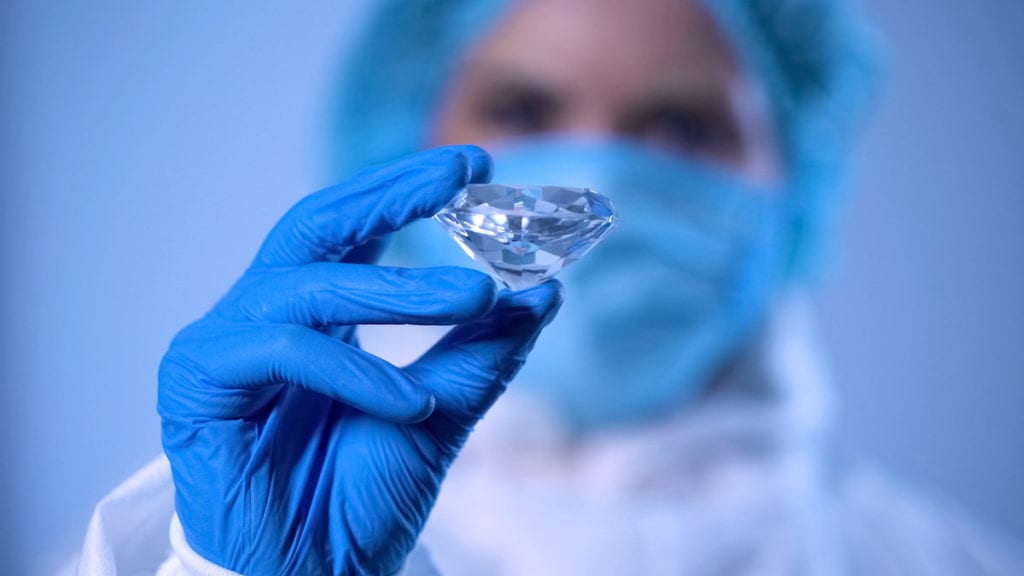
Update - 2022
Lab Grown Diamonds
These five diamonds are all lab grown. A few short years ago you would’ve thought it impossible, but here we are:
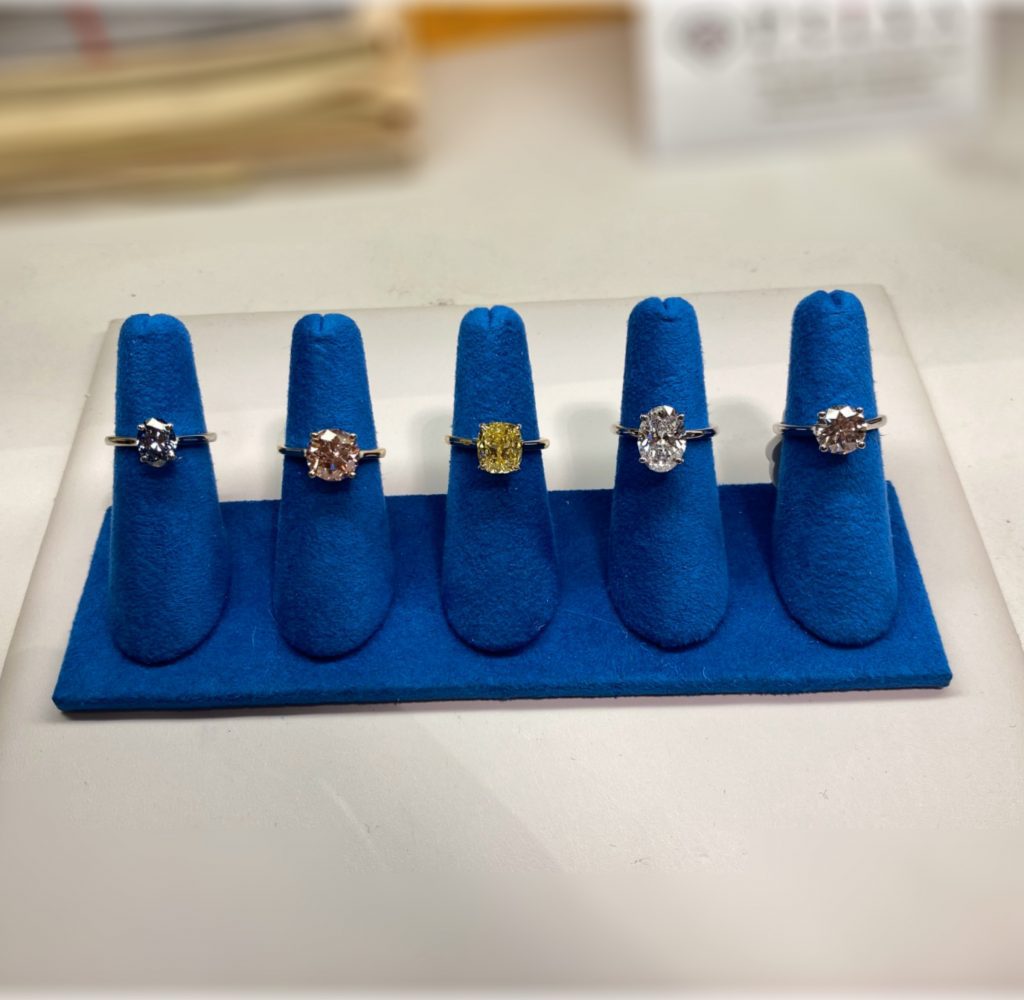
What are Lab-Grown Diamonds?
You may never have thought of it, but organic, naturally grown diamonds develop in the earth just like other different kinds of rocks and minerals.
The thing about diamonds is, they require a very specific environment, one that can only be found in several specific places around the world.
This rarity, in other words, is what gives diamonds their values.
Lab-Grown diamonds, on the other hand, are grown in highly controlled laboratory environments using advanced technological processes that duplicate the conditions under which diamonds naturally develop when they form in the mantle, beneath the Earth’s crust.
These lab grown diamonds consist of actual carbon atoms arranged in the characteristic diamond crystal structure. Since they are made of the same material as natural diamonds, they exhibit the same optical and chemical properties.
How are Lab-Grown Diamonds Made?
Lab-grown diamonds are grown from the tiny carbon seeds of pre-existing diamonds.
Advanced technology – either extreme pressure and heat or a special deposition process known as HTHP – mimics the natural method of diamond formation. There is also a process known as CVD which produces a more desirable diamond through chemical vapour deposition…
Some lab diamonds grown through deposition may also undergo pressure and heat treatment after they are grown.
Lab grown fancy colored diamonds are formed when small amounts of specific trace elements are present during the growth phase of the diamond, just like in nature.
In both white and fancy colored lab diamonds, the exact composition of trace elements may differ from their natural diamond counterparts. You can only tell the difference between lab grown diamonds and organic, “natural” diamonds using specialized equipment to identify certain microscopic characteristics.
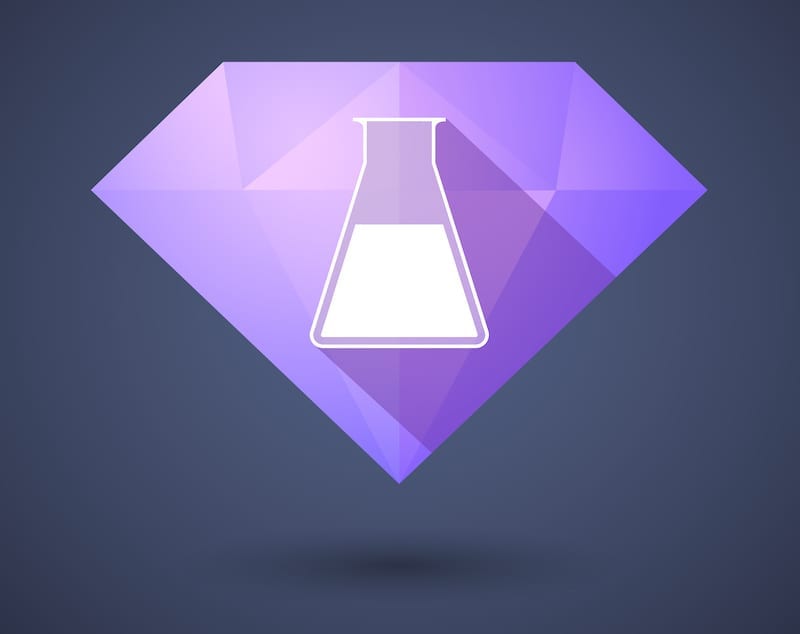
Explain “Diamond Alternatives”...
Diamond alternatives, also known as simulants, are anything that contain similar characteristics, but are chemically different than natural diamonds. Lab-grown diamonds are NOT considered diamond alternatives because, as mentioned, they have an identical chemical composition to natural diamonds.
Diamond alternatives, however, have recently grown in popularity over the past few decades, especially since there are many alternatives available in the market, all of which vary in physical and optical features.
Some have such similar qualities that it is almost impossible to tell the difference by the naked eye. A trained eye, like my own, however, can always see the difference between a simulant and natural diamond.
Aside from the chemical composition, another differentiating factor of diamond simulants is how they are measured or qualified.
Simulants are not all graded on the same 4Cs scale, like natural diamonds and lab-grown diamonds are.
Lab-Grown Diamonds Versus Diamond Alternatives
Lab diamonds and diamond alternatives differ in a number of different ways. Namely, that they look different and they look different because they have different chemically composition.
The major distinction between lab grown diamonds and diamond simulants, such as cubic zirconia and moissanite, are that simulants are similar to diamonds but are not true carbon crystals. These simulants also feature a different type and amount of sparkle, which gives away its true identity.
Simulants do not have the same chemical and physical properties as natural diamonds and therefore sell at much lower prices than man-made diamonds. Simulants can be distinguished from natural or lab grown diamonds using only the naked eye of a trained professional and gemologist equipment.
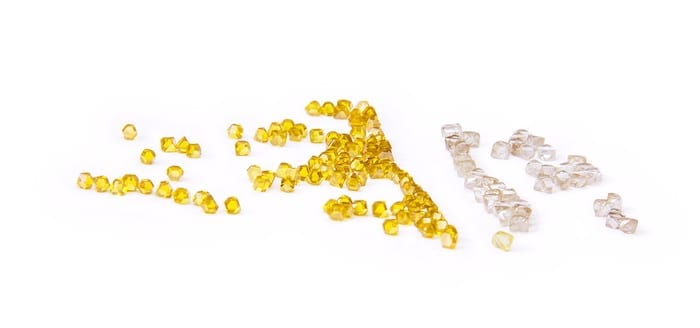
So, Are Lab-Grown Diamonds ‘Real?’
Yes. Plain and simple.
The only thing that makes a lab-created diamond different from a natural diamond is its origin. A lab-created diamond is “grown” inside a lab using cutting-edge technology that replicates the natural diamond growing process.
The result is a lab grown diamond that is chemically, physically, and optically the same as those grown beneath the Earth’s surface.
Sometimes, lab-created diamonds are referred to as synthetic diamonds. While not technically inaccurate, term “synthetic” may be the reason people believe lab-created diamonds are “fake.” This, of course, is a misnomer.
What’s so Great About Lab-Grown Diamonds?
One of the most significant advantages of lab-grown diamonds—and a reason why many consumers choose lab created—is their ethical and environmental efficiency.
Unlike mined diamonds, lab created diamonds have minimal environmental impact:
Mining the Earth
It takes considerably less energy to grow diamonds in a lab than it does to mine them from the earth. A one-carat mined diamond costs the planet between 88,000 and 176,000 pounds of displaced earth*. In contrast, each lab grown diamond can save the planet that much alone in displaced earth, plus the energy needed to move it.
Further, a total of 480 liters of water are used to extract and process one carat of mined diamonds, versus 70 liters of water for lab-grown.
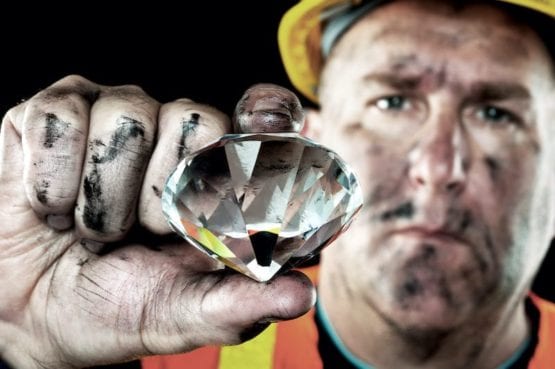
Labor Conditions
Lab grown diamonds are also produced in a much more ethical environment than the blood diamond trade. Mining conditions can be horrendous for workers, and are sometimes even akin to slave labor.
On the other hand, companies who produce lab diamonds do not engage in any sort of diamond mining to create the stones, so do not support or participate in these unethical practices. This means you can be sure that you aren’t supporting child labor or conflict diamonds when buying lab created diamonds.
Though in recent years, with the advent of the Kimberly Process, labor conditions have greatly improved and has all but eliminated conflict/blood diamond issues.
Price
In addition, another major benefit of lab created diamonds is that they may cost significantly less than their mined counterparts. Although the cost of lab stones fluctuates, the average lab diamond is around 40-50% less than a mined diamond. This makes the consideration of how much to spend on an engagement ring or other piece of diamond jewelry much more approachable because of affordability of these options.
Lab diamonds are a less expensive, environmentally and ethically superior choice. With these advantages, there really is no need to buy a mined stone, ever.
More on the Ethical Benefit OF Lab-Grown Diamonds
In spite of movies like “Blood Diamond,” which helped raise awareness and really did make a difference, the conflict-diamond industry is not dead yet, but we are headed in the right direction, thanks again to the Kimberly Process.
Unlike their mined counterparts, lab-grown diamonds are produced by engineers in cutting edge labs. Lab-grown diamond producers are subject to leading environmental and labor standards that ensure the consumer is purchasing an ethical product.
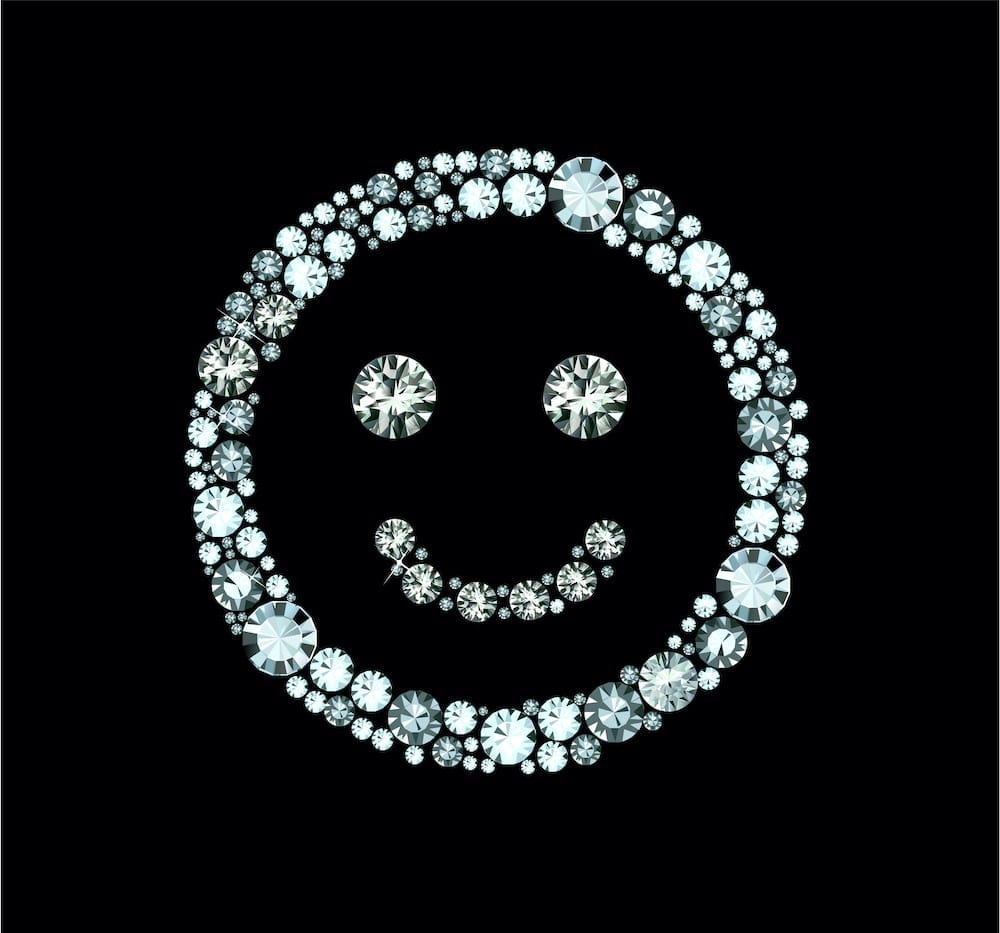
Lab-Grown Diamonds in the Future
Now, more than ever, lab-grown diamonds are changing the way we buy diamonds—possibly forever.
Ethical minded people are thrilled about lab-grown diamonds because they offer an alternative to the choice of either looking cheap and being unethical.
Now, with lab-grown diamonds, you can have your cake and eat it too! You can get quality without compromising your personal ethics. A win-win for you and the world.
